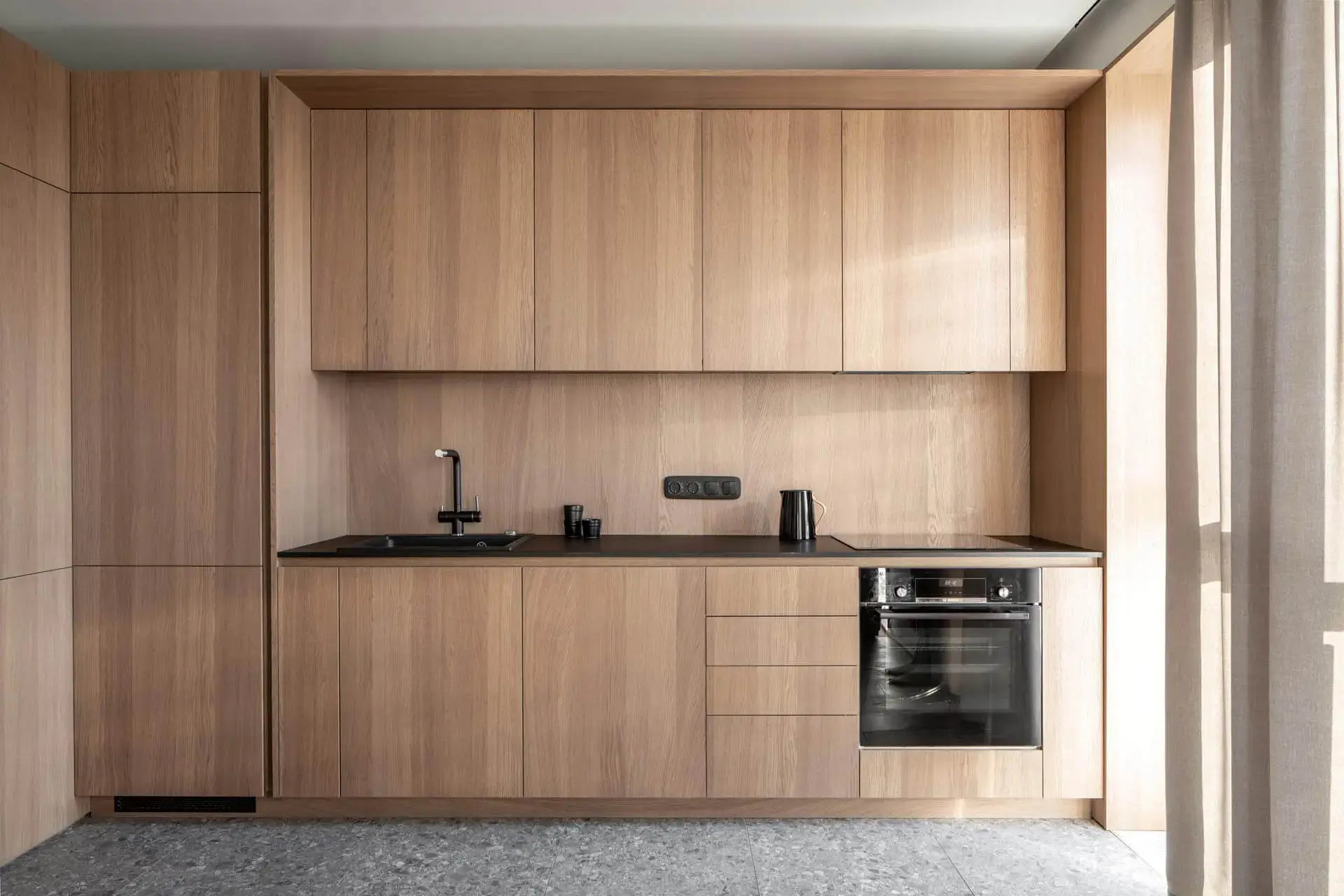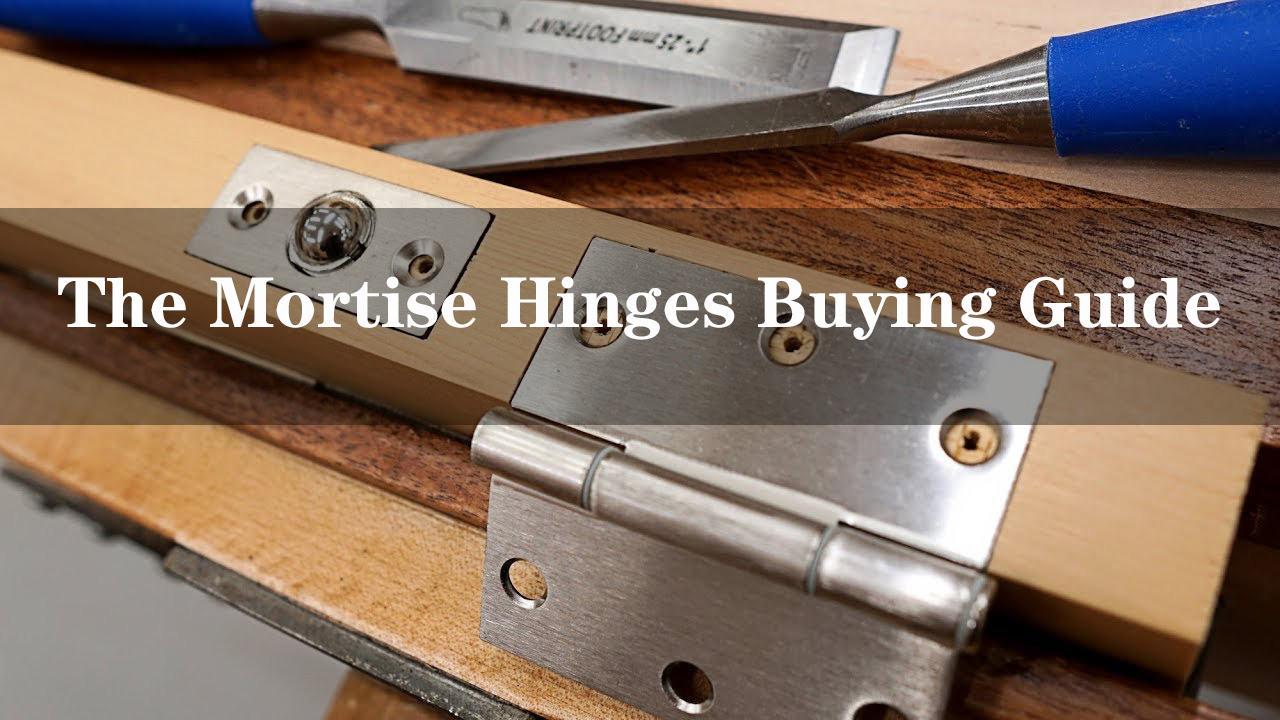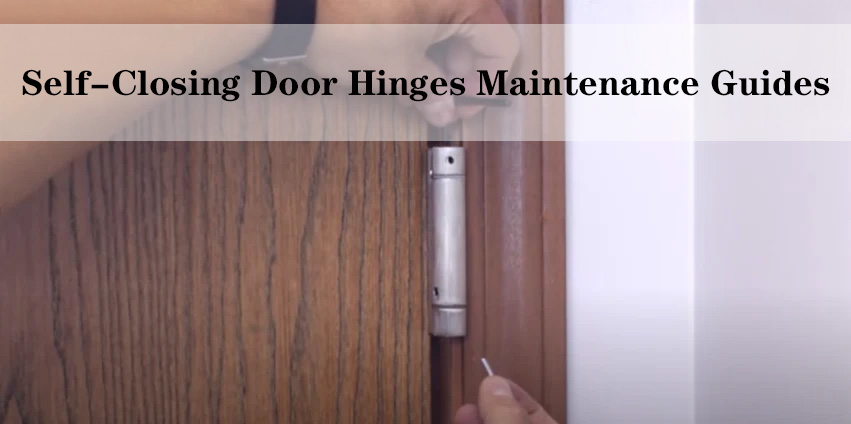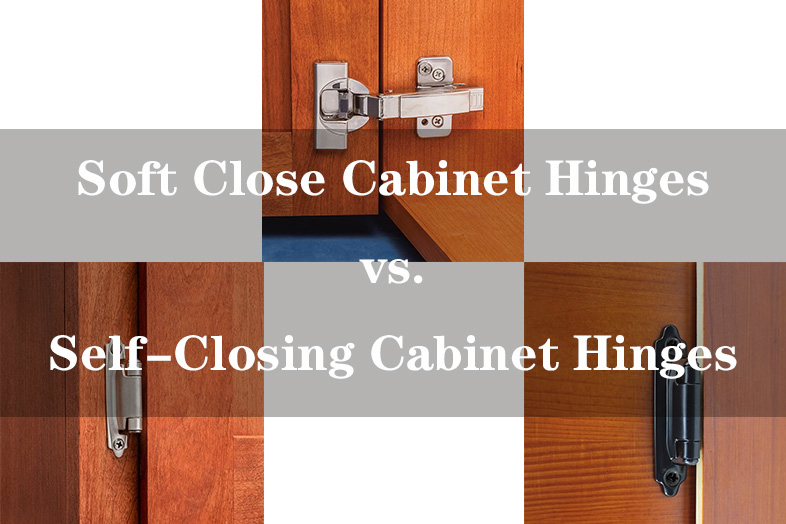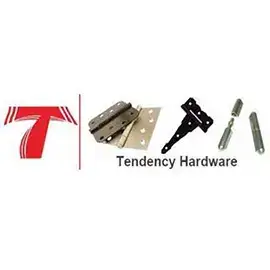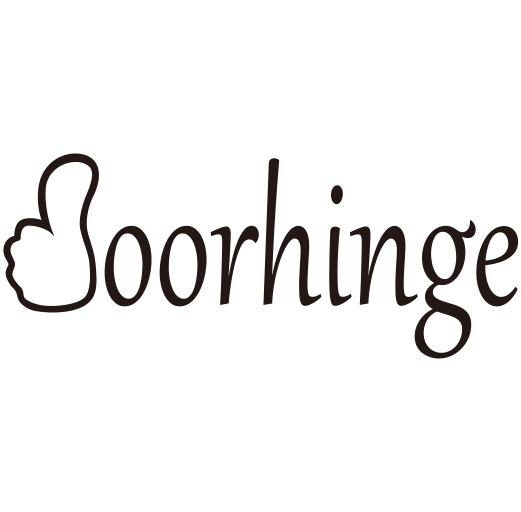Cabinet hinges may seem like a small detail in the grand scheme of kitchen or furniture design, but they play a crucial role in the functionality and aesthetic appeal of cabinets. These small pieces of hardware are responsible for the smooth opening and closing of cabinet doors while also contributing to the overall style of the piece. From traditional to modern designs, cabinet hinges come in a variety of styles, materials, and functionalities. In this comprehensive guide, we’ll delve into the world of cabinet hinges, exploring their types, uses, and the diverse range of options available to suit various design preferences.
Understanding Cabinet Hinges
Types of Cabinet Hinges
1. Butt Hinges
Butt hinges are among the oldest and most traditional types of cabinet hinges. They consist of two rectangular metal plates joined by a pin, allowing the door to swing open and closed. These hinges are robust, durable, and suitable for various cabinet styles, including inset doors where the door sits flush within the cabinet frame. Butt hinges come in various sizes and finishes to accommodate different door sizes and design preferences. They are visible when the cabinet door is closed, which can be a design consideration in certain aesthetics.
2. Overlay Hinges
Overlay hinges are commonly used for cabinet doors that rest on the outside of the cabinet frame, overlapping the cabinet opening. They come in various overlay sizes to accommodate different door-to-cabinet clearances. There are two main types of overlay hinges: full overlay hinges, which cover the entire front edge of the cabinet, and partial overlay hinges, which cover only part of the cabinet’s front edge. These hinges allow the door to swing open without interference from the cabinet frame and are adjustable to ensure proper alignment and clearance.
3. Concealed Hinges
Concealed hinges, also known as hidden hinges, are installed on the interior side of the cabinet door. These hinges provide a clean, sleek look as they remain hidden from view when the door is closed. They are adjustable, allowing for precise door alignment, and they contribute to a modern and minimalist appearance. Concealed hinges are popular in contemporary kitchen designs and are suitable for various cabinet styles, including framed and frameless cabinets.
4. European Hinges
European hinges, also referred to as cup hinges due to their installation in a cup-shaped mortise in the door, are a type of concealed hinge designed primarily for frameless cabinets. These hinges offer easy adjustment mechanisms, allowing for simple changes to accommodate door alignment. They provide a clean appearance with minimal visible hardware and are commonly used in modern kitchen cabinetry.
5. Self-Closing Hinges
Self-closing hinges feature a built-in mechanism that automatically closes the cabinet door once it’s pushed slightly beyond a certain point. These hinges are convenient and practical, ensuring that cabinet doors do not remain open accidentally. They are available in various styles, including concealed and non-concealed options, catering to different design preferences.
Self-closing hinges often use spring mechanisms or a piston-like mechanism that controls the door’s movement, gently pulling it closed when it reaches a certain angle. These hinges are commonly used in both traditional and modern kitchen designs, providing convenience while maintaining a tidy appearance.
When choosing the right type of cabinet hinge, considerations such as door style, cabinet construction, and desired aesthetic should be taken into account to ensure functionality and visual appeal in your cabinetry. Each hinge type offers its own set of advantages, contributing to the overall functionality and style of the cabinets they are installed in.
Materials Used in Cabinet Hinges
1. Steel Hinges
Steel hinges are revered for their strength and durability, making them an excellent choice for heavy cabinet doors or those that experience frequent use. They’re capable of withstanding substantial weight and wear, providing reliable functionality over time. One of the key advantages of steel hinges is their versatility in finishes, offering options like brushed steel, chrome, matte black, or even polished steel, enabling seamless integration into various design schemes.
2. Brass Hinges
Brass hinges exude elegance and sophistication, often favored for traditional or antique-style cabinets. Beyond their aesthetic appeal, brass hinges boast corrosion resistance, making them suitable for areas prone to moisture. They’re available in a range of finishes such as polished brass, antique brass, or even brushed brass, providing options to complement different decor themes.
3. Zinc Hinges
Zinc hinges are known for their cost-effectiveness without compromising on durability. They offer commendable resistance against corrosion, making them a practical choice for cabinets in environments susceptible to moisture or humidity. Zinc hinges can be coated with various finishes, allowing customization to match specific design preferences or styles.
4. Plastic Hinges
Plastic hinges present a lightweight and budget-friendly alternative to metal hinges. While they might not match the durability of their metal counterparts, they serve adequately for lighter cabinet doors or applications where weight isn’t a significant concern. Plastic hinges come in various colors and can be suitable for contemporary designs where sleekness and subtlety are prioritized.
Styles of Cabinet Hinges
1. Traditional Hinges
Traditional hinges are characterized by their ornate designs and often feature visible screws, contributing to the classic and timeless appearance of cabinets. They are commonly employed in more traditional or rustic-style kitchens, where their decorative elements enhance the overall aesthetic. Traditional hinges come in various metal finishes, aligning with the classic appeal or can be highlighted through antique finishing for an aged look.
2. Modern Hinges
Modern hinges epitomize minimalism and clean aesthetics. These hinges are often designed to be concealed, hiding hardware for a sleek and streamlined appearance. They are popular choices for contemporary kitchen designs where clean lines and unobtrusive fixtures contribute to a minimalist ambiance. The emphasis is on functionality without compromising on style, making modern hinges an ideal complement to modern cabinetry.
Choosing the Right Cabinet Hinges
1. Consider the Cabinet Style
Different cabinet styles demand specific hinge types for optimal functionality and aesthetics. Understanding the characteristics of various hinge options in relation to cabinet styles is essential:

Frameless Cabinets: European hinges are ideal for frameless cabinets. These hinges offer a clean, modern look as they are concealed within the cabinet and provide easy adjustability.
Inset Cabinets: Butt hinges are commonly used for inset doors where the door sits flush with the cabinet frame. They offer a classic look and are visible when the door is closed.
Overlay Cabinets: Overlay hinges come in various sizes to accommodate different door-to-cabinet clearances. They are suitable for doors that rest on the outside of the cabinet frame, providing a sleek and adjustable option.
2. Weight and Size of Doors
Understanding the weight and size of cabinet doors is crucial for selecting hinges that can adequately support them. Consider the following:
Heavy Doors: Larger or heavier doors, such as those in pantry cabinets or tall cabinets, require hinges designed to handle the weight without causing sagging or difficulty in door movement. Sturdier hinges like those made of steel or brass might be necessary.
Lighter Doors: For smaller or lighter cabinet doors, such as those in wall-mounted cabinets or cabinets with glass doors, lighter-duty hinges or materials like zinc or plastic might suffice.
3. Aesthetic Preferences
The visual appeal of cabinet hinges can significantly impact the overall design of the space:
Traditional Styles: Decorative hinges with visible details like ornate designs or exposed screws can enhance the classic look of traditional kitchens or furniture pieces.

Modern Designs: Sleek and minimalist hinges that remain concealed or have a minimalistic appearance without visible hardware are preferred in contemporary or modern spaces for a clean, streamlined look.
Installation and Maintenance Tips
1. Accurate Installation
Proper installation ensures the functionality and longevity of cabinet hinges:
Follow Instructions: Adhere strictly to the manufacturer’s instructions or seek professional help to ensure accurate placement and alignment of hinges for optimal performance.
Check Alignment: Ensure that the hinges are aligned correctly to prevent issues with door movement or misalignment.
2. Regular Maintenance
Regular maintenance can prolong the lifespan of hinges and maintain smooth operation:
Check for Loose Screws: Periodically check the hinges for any loose screws and tighten them to avoid any potential issues.
Lubrication: Apply lubrication to moving parts if necessary, especially for hinges that might squeak or show signs of friction.
Make Adjustments: Occasionally make adjustments to keep doors operating smoothly, ensuring they open and close without any resistance or misalignment.
3. Replacement when Needed
Recognizing when hinges need replacement is crucial for preventing further problems with cabinet doors:
Damage or Dysfunction: If hinges are damaged, corroded, or no longer function properly, timely replacement is essential to prevent issues such as door misalignment or difficulty in opening and closing.
Conclusion
Cabinet hinges might be small components, but their significance in both functionality and aesthetics cannot be overstated. From traditional butt hinges to modern concealed options, the variety of styles, materials, and functionalities cater to diverse design preferences. When choosing cabinet hinges, consider the cabinet style, door weight, and desired aesthetics to ensure a seamless blend of form and function. Proper installation and maintenance will prolong the life of hinges, keeping cabinet doors operating smoothly for years to come. Whether renovating a kitchen or designing custom furniture, selecting the right hinges will undoubtedly enhance the overall appeal and functionality of cabinets.
